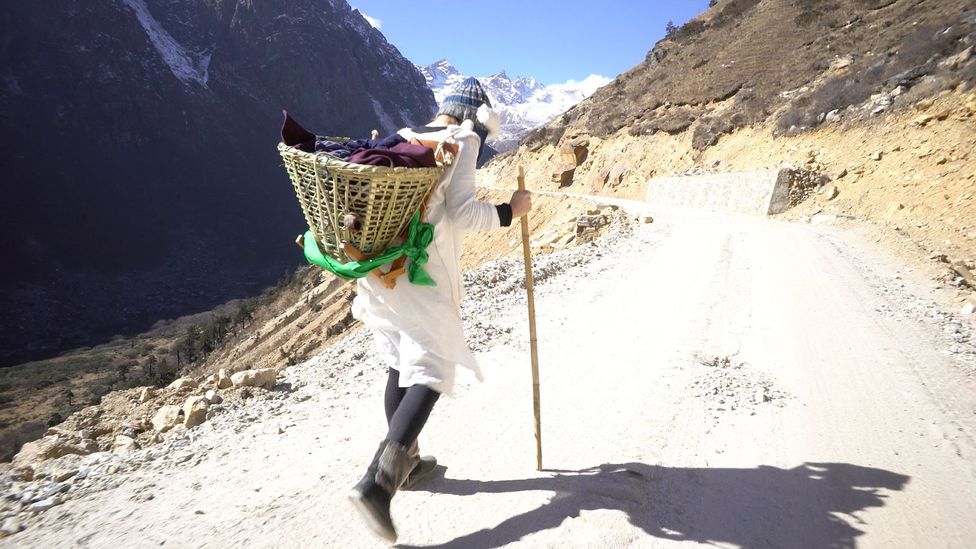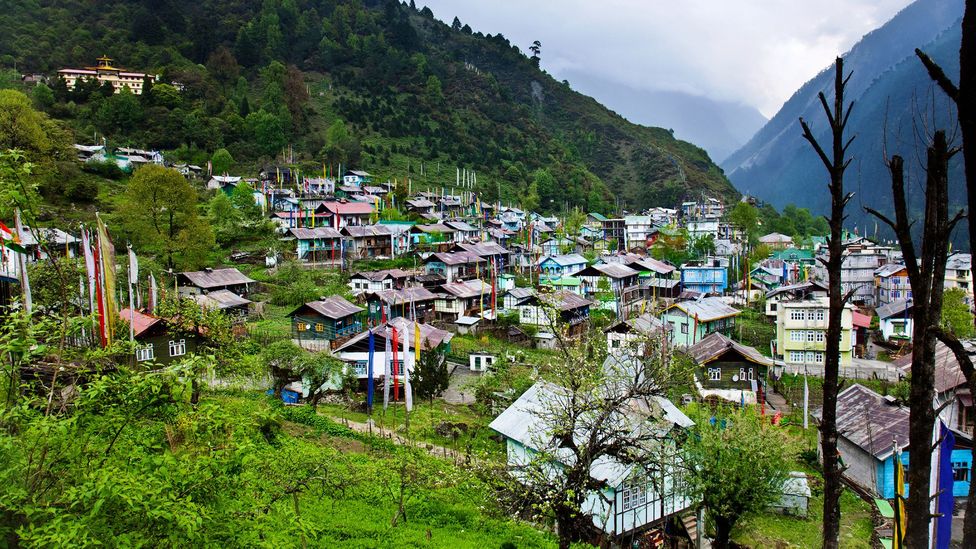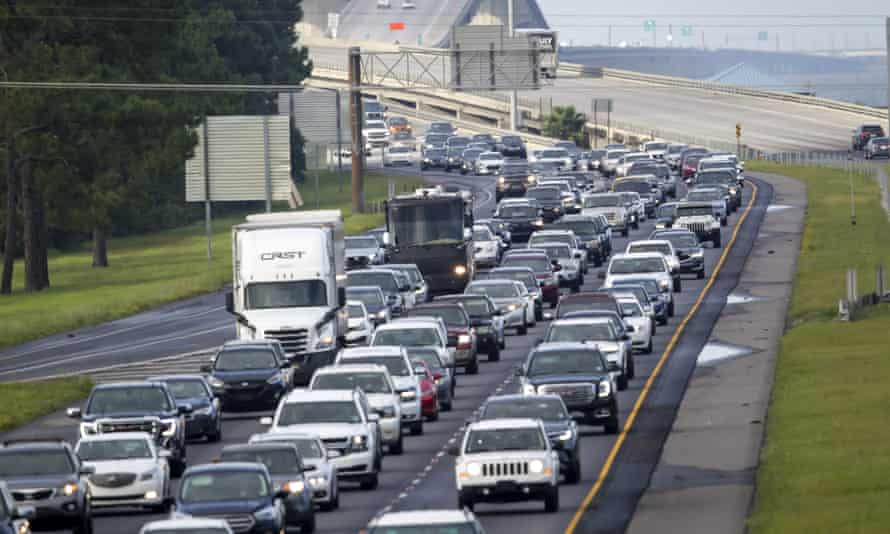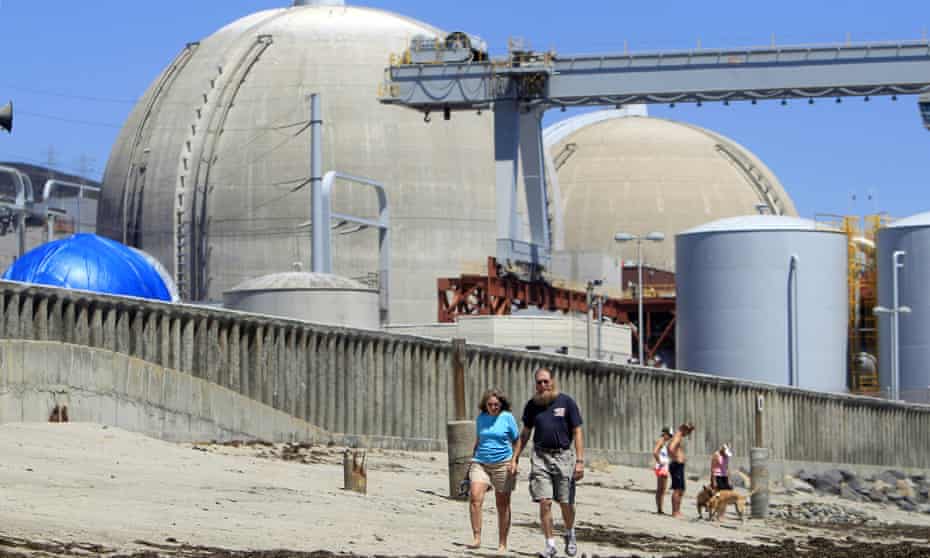In the steps of history's forgotten female explorers
(Image credit: Emily Almond Barr)

By Jessie Williams2
6th August 2021
Walking in the footsteps of history's intrepid women explorers, Elise Wortley hopes to shine new light on these adventurers and inspire a new generation.
In 1911, French former opera singer and Buddhist scholar Alexandra David-Néel promised her husband she would be back in 18 months and embarked on what would end up being an epic 14-year expedition through Asia to the forbidden city of Lhasa, vowing to "show what the will of a woman can do". She trekked through the Himalayas in the freezing winter, slept in the snow and allegedly ate leather from her boots to stave off hunger, before disguising herself as a beggar to sneak into the Tibetan capital in 1924, aged 55. In doing so, she became the first European woman to enter Lhasa, which was then sealed off from the outside world.
Yet David-Néel remains a little-known explorer, unlike celebrated adventurers like Ernest Shackleton and Edmund Hillary whose names have been immortalised in history books and taught in schools. Women explorers – including David-Néel, Nan Shepherd and Freya Stark – have largely been forgotten or overlooked, despite achieving feats that even today seem astounding.

Alexandra David-Néel wrote about her 14-year expedition through Asia in her book, My Journey to Lhasa (Credit: Keystone/Stringer/Getty Images)
David-Néel wrote about that adventure in My Journey to Lhasa, describing her happiness to be "en route for the mystery of these unexplored heights, alone in the great silence, tasting the sweets of solitude and tranquillity". The book would go on to inspire women adventurers, including modern-day explorer Elise Wortley, who read the book when she was a 16-year-old growing up in Colchester, Essex. "The whole story just really captured my imagination. I always had it in the back of my mind to follow in her footsteps in some way," she told me.
In 2017, when she was 28, Wortley left her home in Brixton, South London, to follow the first part of David-Néel's journey in Sikkim in north-eastern India. She walked for one month, travelling 750km from Impong to Mount Kanchenjunga along the Tibetan border at altitudes of up to 5,050m. "I retraced her route, reread all her books and made a map," Wortley said.
"I just want more people to know about these women by spreading the word and celebrating what they achieved, because they are slowly being forgotten."
But this was a trip with a difference. Wortley was determined to use her trek to revive interest in history's intrepid women explorers.
"I just want more people to know about these women by spreading the word and celebrating what they achieved, because they are slowly being forgotten," she said. "Back then, women just weren't taken seriously and no-one saw their achievements as the same as the guys. They had to work so much harder. For me, the interesting thing was that they were doing the same journeys as the men, but they'd have so much extra baggage to deal with, as well as society saying, 'You shouldn't be doing that, you should be at home.'"
Walking in the footsteps of history's intrepid women explorers, Elise Wortley hopes to shine new light on these adventurers and inspire a new generation.
In 1911, French former opera singer and Buddhist scholar Alexandra David-Néel promised her husband she would be back in 18 months and embarked on what would end up being an epic 14-year expedition through Asia to the forbidden city of Lhasa, vowing to "show what the will of a woman can do". She trekked through the Himalayas in the freezing winter, slept in the snow and allegedly ate leather from her boots to stave off hunger, before disguising herself as a beggar to sneak into the Tibetan capital in 1924, aged 55. In doing so, she became the first European woman to enter Lhasa, which was then sealed off from the outside world.
Yet David-Néel remains a little-known explorer, unlike celebrated adventurers like Ernest Shackleton and Edmund Hillary whose names have been immortalised in history books and taught in schools. Women explorers – including David-Néel, Nan Shepherd and Freya Stark – have largely been forgotten or overlooked, despite achieving feats that even today seem astounding.

Alexandra David-Néel wrote about her 14-year expedition through Asia in her book, My Journey to Lhasa (Credit: Keystone/Stringer/Getty Images)
David-Néel wrote about that adventure in My Journey to Lhasa, describing her happiness to be "en route for the mystery of these unexplored heights, alone in the great silence, tasting the sweets of solitude and tranquillity". The book would go on to inspire women adventurers, including modern-day explorer Elise Wortley, who read the book when she was a 16-year-old growing up in Colchester, Essex. "The whole story just really captured my imagination. I always had it in the back of my mind to follow in her footsteps in some way," she told me.
In 2017, when she was 28, Wortley left her home in Brixton, South London, to follow the first part of David-Néel's journey in Sikkim in north-eastern India. She walked for one month, travelling 750km from Impong to Mount Kanchenjunga along the Tibetan border at altitudes of up to 5,050m. "I retraced her route, reread all her books and made a map," Wortley said.
"I just want more people to know about these women by spreading the word and celebrating what they achieved, because they are slowly being forgotten."
But this was a trip with a difference. Wortley was determined to use her trek to revive interest in history's intrepid women explorers.
"I just want more people to know about these women by spreading the word and celebrating what they achieved, because they are slowly being forgotten," she said. "Back then, women just weren't taken seriously and no-one saw their achievements as the same as the guys. They had to work so much harder. For me, the interesting thing was that they were doing the same journeys as the men, but they'd have so much extra baggage to deal with, as well as society saying, 'You shouldn't be doing that, you should be at home.'"

Lachen, a remote town in Sikkim, India, was the starting point for Wortley's David-Néel inspired trek (Credit: Image Source/Getty Images)
Keen to recreate David-Néel's experience to the fullest, Wortley pledged to only use equipment available to the French woman in the 1920s – including a yak wool coat, a wooden backpack she made from a chair she found on the side of the road in Brixton, a basket that she tied together with rope and even 1920s underwear. She slept under an old canvas tent and only used her emergency sleeping bag once when the cold got too much – temperatures reached -15C at night. "The yak wool coat was thick, but at night it was absolutely freezing," she said.
To keep warm in the 1920s, David-Néel practised tummo breathing, an ancient technique that heats the body from the inside out. But since the method takes years to master, Wortley instead relied upon two hot water bottles – minor luxuries that David-Néel also had – that she filled with water heated over the fire to survive the cold. "I pretty much just spent the nights refilling them. I wasn't sleeping much," she said, laughing.
Did she ever regret her decision not to use any modern equipment? "There were times when I regretted it, definitely. But I wanted to experience what she would have experienced, and the only way to do that, and to properly understand how tough it would have been for her, was to do it with only what she had," Wortley said. She added that "researching all the clothing and equipment turned into one of the most interesting parts for me."
You may also be interested in:
• The woman who walked around the world
• From Africa to tea with the Queen
• The secret travel club that's been everywhere
Wortley recruited an all-women team for her journey: filmmaker Emily Almond Barr; and Jangu, a female mountain guide descended from Lepchas, the original inhabitants of Sikkim. Both opted for modern clothes and used modern equipment.
Travelling as a woman has obviously improved significantly since the 1920s; however, Wortley said "we still face a lot of the same things, like unwanted attention." In her book, David-Néel wrote about the undesired attention she got during her trips; other female explorers of the time who faced the same issue ended up dressing like men.

For her journey in India, Wortley was joined by guide Jangu Lepcha and filmmaker Emily Almond Barr (Credit: Emily Almond Barr)
But Wortley acknowledges that in most ways, adventure travel as a woman is a lot better today. "With the internet you always know where you're going and you can always have contact with people. Which makes me think, gosh, these women back then, they would literally just go on their own and all they had was writing letters to stay in touch with family."
After that first trip, Wortley began researching other historical women explorers whose adventures she could emulate. She found dozens, including the Scottish writer Nan Shepherd, known for her book The Living Mountain about her time exploring Scotland's Cairngorm Mountains in the 1940s; Freya Stark, an Anglo-Italian travel writer and explorer who traversed the Middle East and Afghanistan in the 20th Century; and Zora Neale Hurston, the American author and anthropologist who travelled to Haiti in the 1930s to document voodoo rituals and beliefs.
Inspired by these women, Wortley has continued to seek adventure. She has scaled the peaks of the Cairngorms, dressed as a 1940s explorer à la Nan Shepherd – complete with a tweed coat, knee-high lace up vintage boots, a cotton skirt and wartime rations. She is currently planning a third trip for next summer, which will involve re-creating 16-Century Irish pirate queen Grace O'Malley's voyage from the west of Ireland to England. Wortley also hopes to explore Kurdistan in northern Iraq like Freya Stark once did. Her aim is to continue retracing the steps of these intrepid women and documenting the experience under the moniker Woman with Altitude. She also strives to make a positive impact on the lives of the women in the communities she visits, raising money for charities such as Scottish Women’s Aid and Freedom Kit Bags, a charity that supplies reusable sanitary wear for women and girls in Nepal and India.
She knows there's still much to be done when it comes to boosting the profiles of these explorers. When Wortley spent three weeks in the Cairngorms following in Shepherd's footsteps, she brought along a copy of The Living Mountain, a poetic homage to the Scottish mountain range. Despite the book being widely celebrated today and Shepherd's face being on the Scottish £5 note, Wortley found that the people she came across in Scotland often didn't know who she was. An indication, perhaps, of just how vital Wortley's project is.

Inspired by Scottish explorer Nan Shepherd, Wortley donned 1940s trekking clothes for a three-week expedition to Cairngorms National Park (Credit: Emily Almond Barr)
As she has learnt about these women and their adventures, Wortley has also come to understand more about herself. "It sounds cheesy but I've learnt that anything's possible – I thought I'd never be able to do this at one point in my life." In her early 20s, she suffered from anxiety and panic attacks. "I couldn't really go to work, I couldn't do anything. That really held me back quite a bit." She's also discovered just how resilient the human body is. "Especially when I was walking in India, [I found] your body can do so much more than you think. Even when I was completely exhausted, I could still keep going that little bit more," she said.
As the world opens up again, Wortley is ready to walk in the footsteps of these explorers once more, raising awareness of their achievements and perhaps even inspiring the next generation of female adventurers.
---













:max_bytes(150000):strip_icc():format(webp)/GettyImages-1149901729-e3ecbd5294f8493db105fb5d7a325db9.jpg)
:max_bytes(150000):strip_icc():format(webp)/RMI_EmbodiedCarbon_Exhibit1-ef4024129c1d4bf6a00102fd808dda60.jpg)
:max_bytes(150000):strip_icc():format(webp)/upfront-ebb5d49f27c14d5eb460d94b8980455e.jpg)






